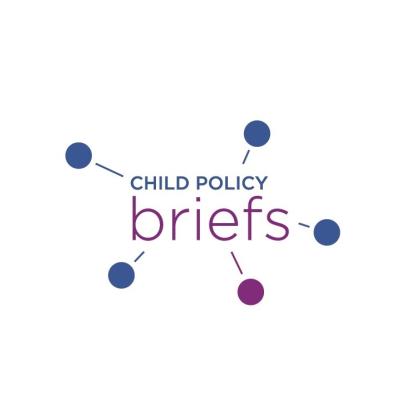Federal Budget and Entitlements
Description
A summary of the scientific literature on how the federal budget impacts children's policy.

Components
Image

How This Impacts Children's Development
Description
By investing in education, nutrition, housing, early education, health, and other supports, policymakers will build the foundation of children’s well-being. If children grow up without an adequate foundation, they won’t be able to support themselves and contribute to economic growth.
Talking Points from the SRCD Brief
|
Policy Considerations in the Brief
- Policymakers should balance their commitment to support elderly citizens and investments in children.
- Education, early education, early care, social services, and housing are the most vulnerable areas of public spending on children.